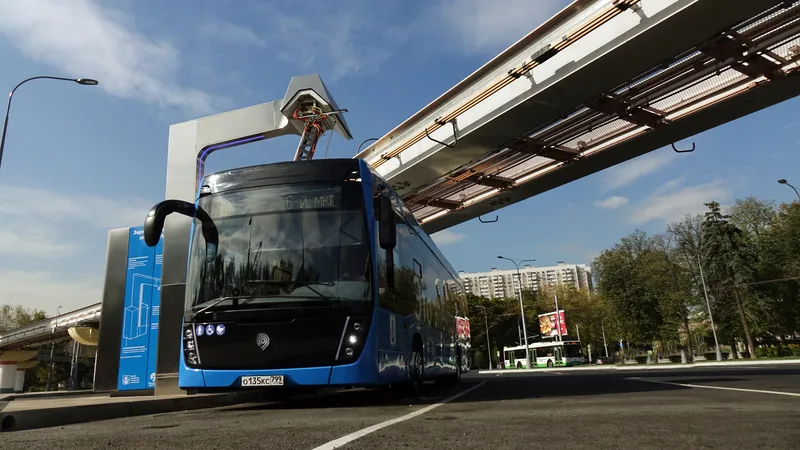A collaboration led by
The LuxTurrim5G project seeks to develop and demonstrate a fast 5G network based on smart light poles at Nokia’s campus. The new smart poles will support Sensible4’s autonomous bus Gatcha operating between this area and Kerra railway station.
Juha Salmelin, LuxTurrim5G project coordinator from Nokia, says: “During the project, we have learned a lot about the digital city ecosystem that enables making urban operations more efficient and ensuring better and safer living conditions for the residents.”
Project partner
VTT developed the 70 GHz backhaul and access point radios for the smart poles. Teleste, F.ex and
5G smart light poles extend from Nokia campus
A collaboration led by Nokia Bells is extending smart poles beyond the LuxTurrim5G project in the Finnish city of Espoo to a nearby residential area called Kera.
The LuxTurrim5G project seeks to develop and demonstrate a fast 5G network based on smart light poles at Nokia’s campus. The new smart poles will support Sensible4’s autonomous bus Gatcha operating between this area and Kerra railway station.
Juha Salmelin, LuxTurrim5G project coordinator from Nokia, says: “During the project, we have learned a
September 19, 2019
Read time: 2 mins








